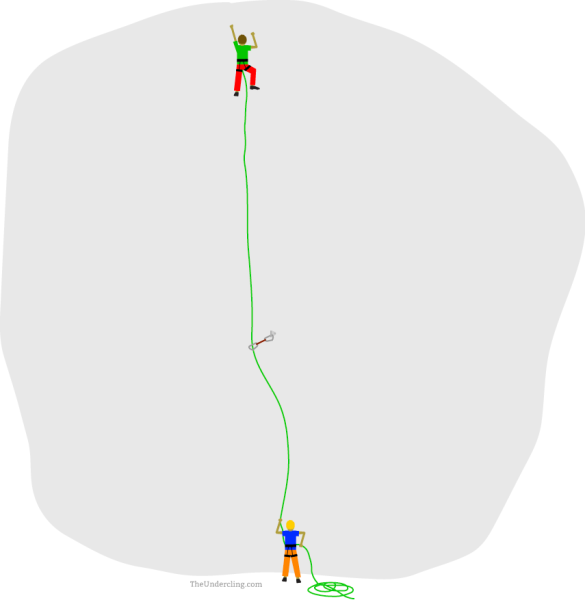What do R and X mean in rock climbing?
Last Updated on: 5th March 2016, 03:23 pm
You’re browsing through the guidebook and you see something like V6 R, 5.10b R/X, or 5.12d X. What on earth do these mean?
They rate the danger or seriousness of a route. A route with an R rating means that you’ll get seriously hurt if you fall. A route with an X rating means that you could die if you fall. If it has an R/X rating, that means that you’ll either get really hurt or killed if you fall.
What warrants ratings like these? On a route, it could mean that there is groundfall or ledge-fall potential. It could mean that there are long runouts (distances between protection). It could mean that the protection you do get is not reliable and wont hold a fall. On a boulder problem, it usually means that the problem is tall enough that you’ll get messed up if you fall and/or that the landing is very bad (e.g., full of jagged rocks).
You’ll also sometimes see PG-13 ratings. (And if you haven’t noticed, these ratings correspond to American movie ratings.) This is given for a route that probably has longer runouts than the average climb but isn’t crazy dangerous. You might go for a long ride if you fall, but you’ll be OK.
